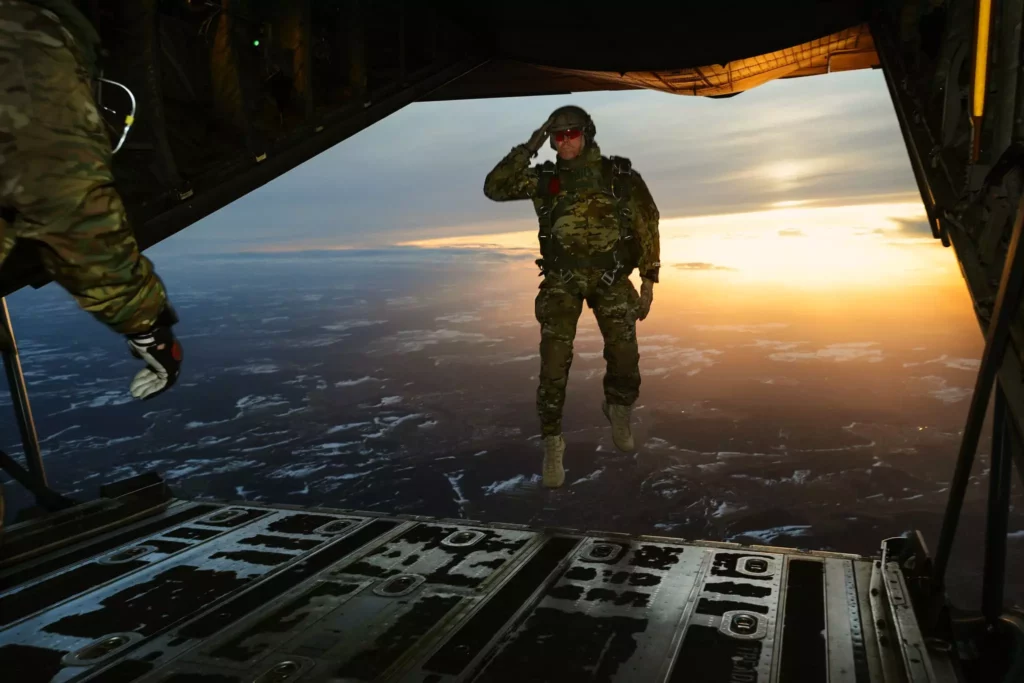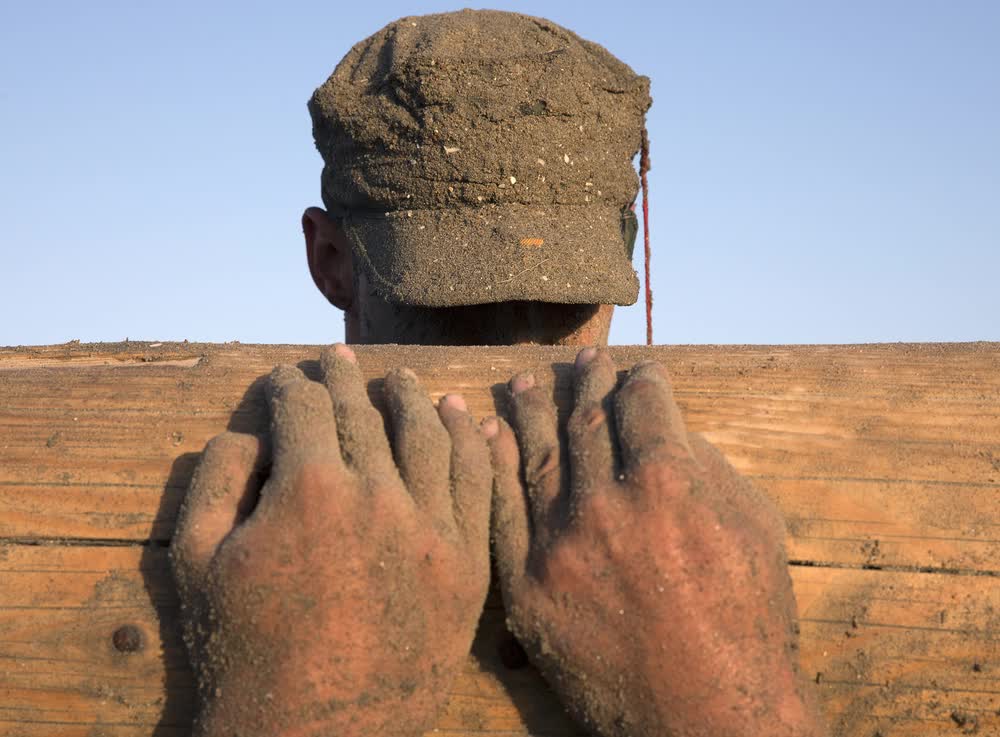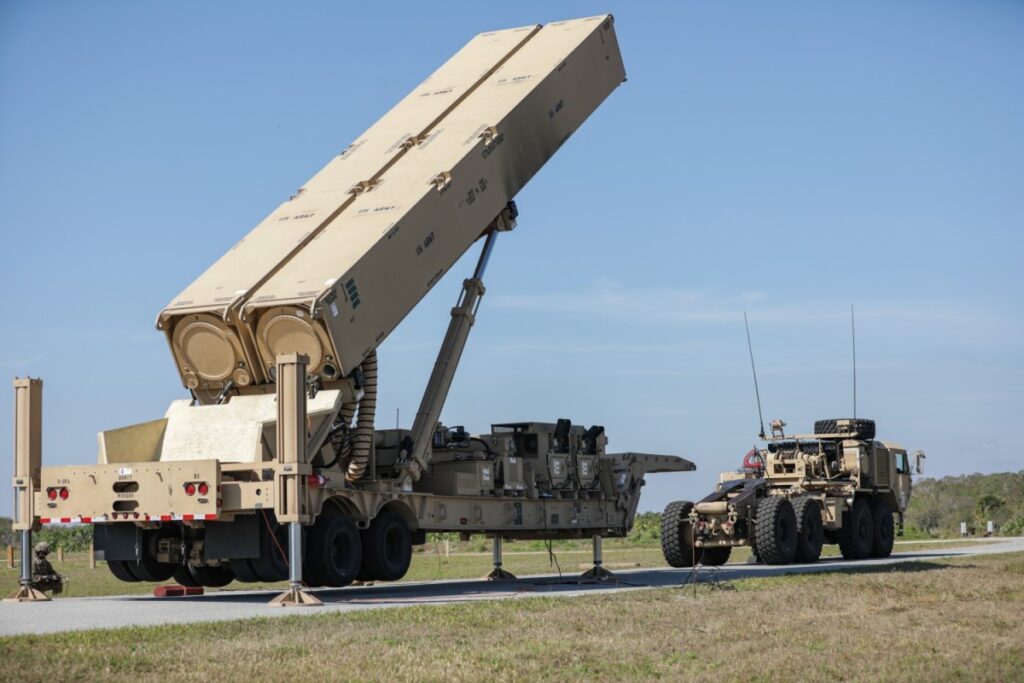It’s no secret that America’s special operations units are at the forefront of military technology and training, but you still might be surprised at just how “super” some special operations gear can make our elite warfighters.
Over the past two decades of near-continuous combat operations in theaters all around the world, the U.S. Special Operations Command (USSOCOM) has been tasked with more varied and complex missions than ever. In order to keep up with their high operational tempo while maintaining their safety and mission success rates, Uncle Sam has leaned on the private sector to develop new warfighting technologies that can give American troops the advantage in any environment. As a result of this focus, the special operations gear stored in SOCOM’s armories makes for warfighters that are about as close to superheroes as reality will permit.
Related: Why super soldiers may soon be a nightmare turned reality
Climbing walls like Spider-Man
Navy SEALs and Marine Raiders are often tasked with boarding and taking control of vessels out at sea, but many commercial and cargo ships are significantly taller than the rigid inflatable rafts special operators often use to close with enemy vessels. That’s where the REBS Magnetic Climbing System comes in.

The REBS system uses four powerful magnetic strips (one for each hand and foot) to allow special operations personnel to climb the side of the ship like Spider-Man.
The system is fully dive-capable, meaning Navy SEALs can actually approach vessels from beneath the surface of the water and then begin their ascent while submerged.
Related: Combat swimmer operations and their importance in a near-peer conflict
Looking through walls like Super Man
The U.S. military is currently transitioning its focus away from counter-terror operations and toward the possibility of a near-peer conflict with nations like Russia or China. As a part of this effort, there’s been a renewed focus on urban warfare, where American troops could potentially be tasked with fighting in crowded cities and through large building complexes.
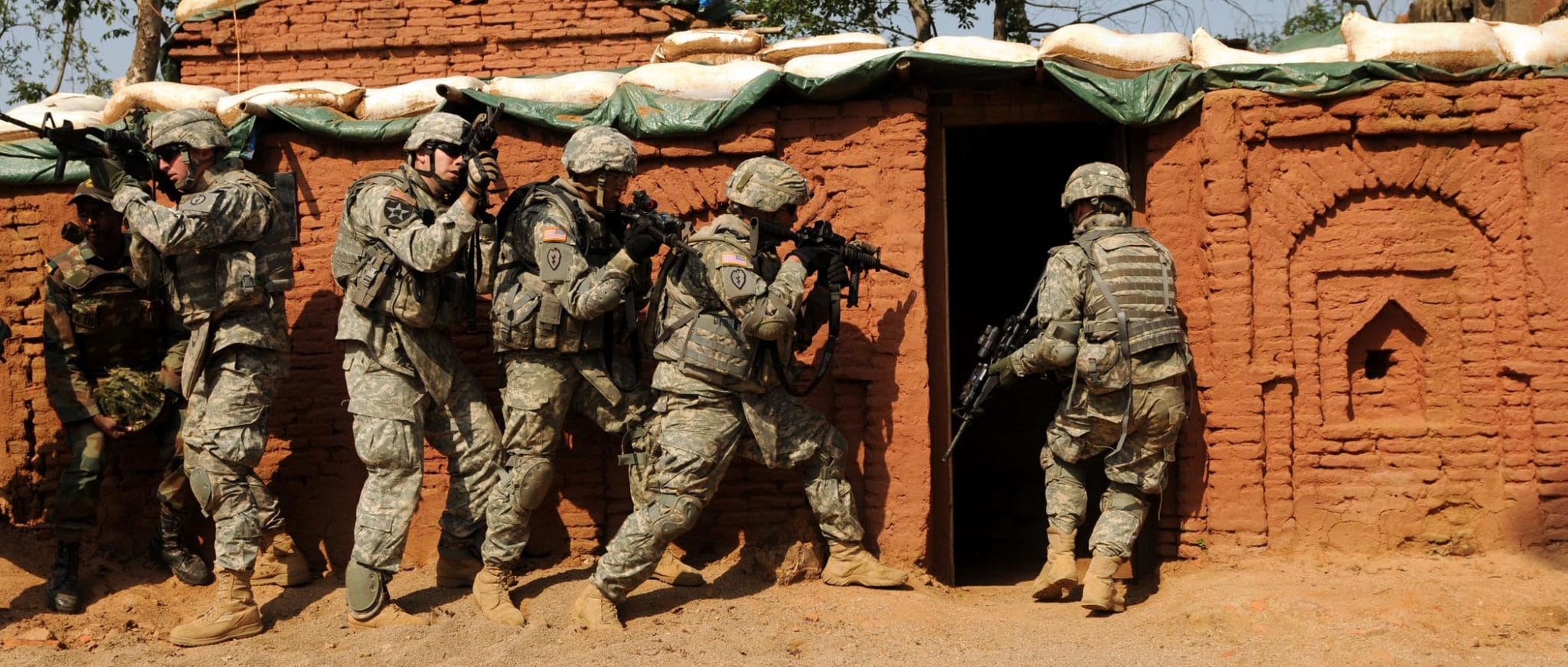
Clearing rooms or buildings can be particularly dangerous in these environments, but thanks to new advances in wall-penetrating radar, special operations troops will now be able to peek into rooms before they breach the door, identifying how many people are in the room they’re about to enter and even where they’re located in relation to the wall.
Lumineye, Inc., the company that won Defense Department’s contract, has already begun fielding the same technology with first responders, who are able to use the same special operations gear for search and rescue operations in rubble-filled environments.
Related: Hands-on with an S&W M1917 revolver – the weapon that armed the US in WWI
Reading minds like Professor X
Special operators aren’t only tasked with combat operations. It’s not at all uncommon for special operations troops to serve at the forefront of America’s foreign policy, engaging with local leaders and even interrogating potential suspects. In complex environments like that, it pays to have a sixth sense that can tip you off when someone has ulterior motives or is trying to be deceptive.
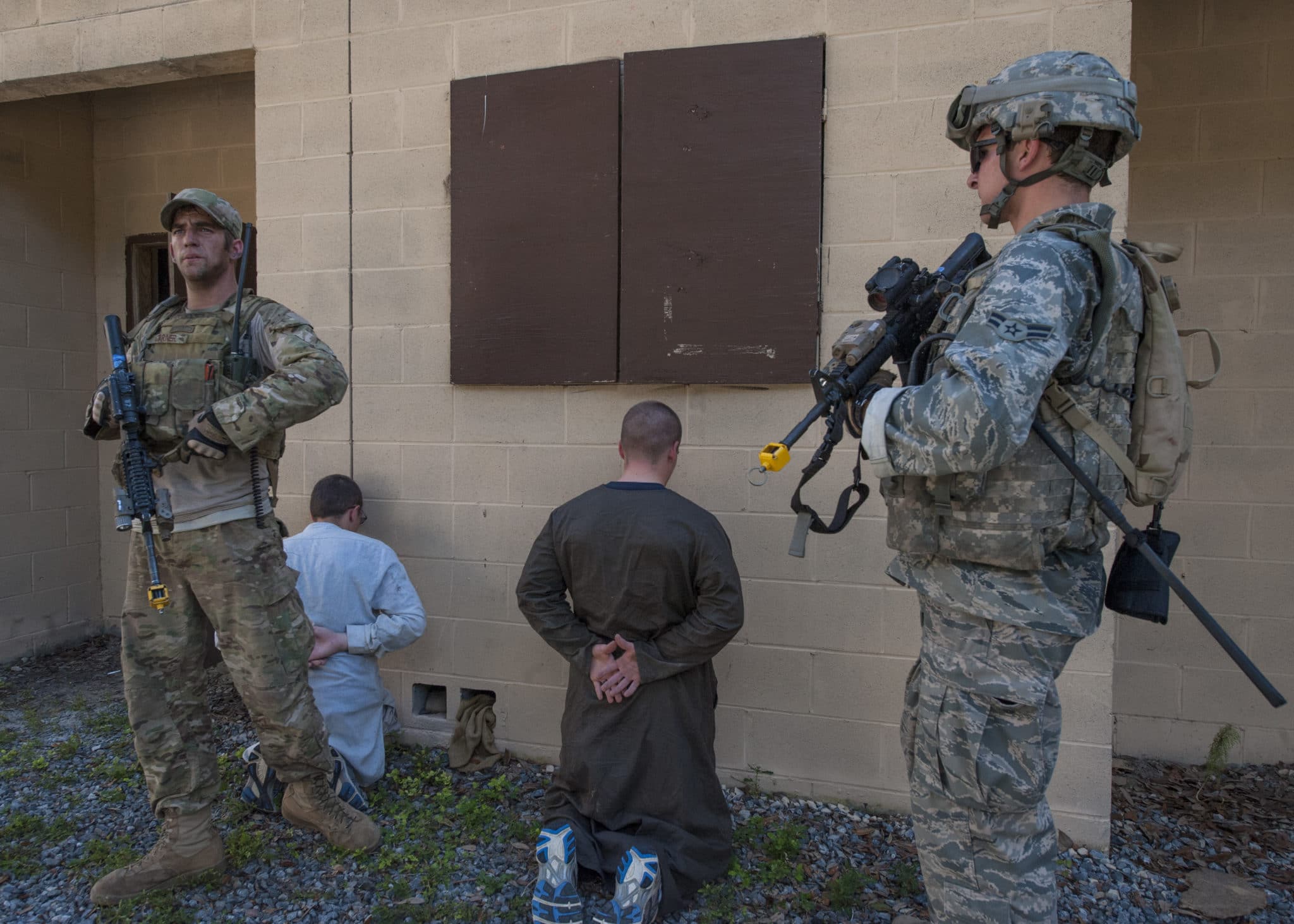
That’s why SOFWERX developed what they call a “physiological analysis tool” for SOCOM’s operators to analyze data collected from a variety of sensors that can be used to predict how a conversational partner feels while they’re talking. The system relies on cameras, temperature sensors, and even radar to assess a person’s body temperature, heart rate, and physical mannerisms.
“We put a test guy up there [and] asked him some questions that made him fairly uncomfortable. Now, getting ‘intent’ is hard; but we could tell: ‘Hey, this person is nervous when you ask this question. Their countenance changed.’ Micro-expressions is another way to look at this.” SOFWERX chief technology officer Brian Andrews explained.
Of course, this isn’t an exhaustive list of super-powered tech employed by USSOCOM’s elite operators, and chances are, the gear they don’t tell us about is even cooler.
Feature image: A U.S. Soldier assigned to 1st Battalion, 10th Special Forces Group (Airborne) salutes his fellow Soldiers. (U.S. Army photo by Petty Officer 2nd Class Jason Johnston)
Editor’s Note: This article was originally published in January 2020. It has been edited for republication.
Read more from Sandboxx News
- This 60-year-old plane is moving the Marine Corps’ warfighting strategy into the future
- CSM: Kenneth “Rock” Merritt, a legendary paratrooper
- Ranger Chaplains: Not your ordinary priests
- Special Tactics Humanitarians: Elite Air Force units in Central America
- The crucial skill for US special operators most don’t think of
